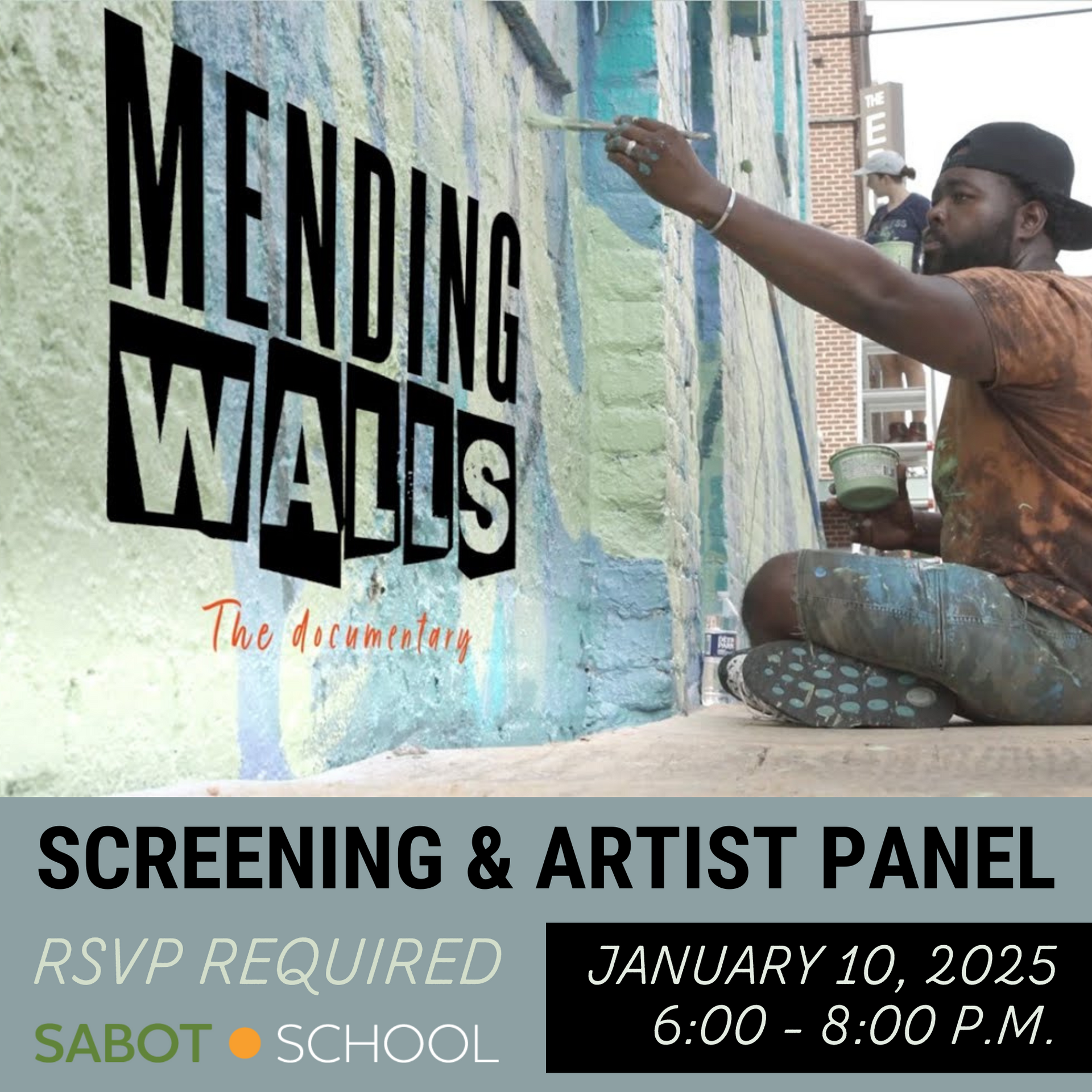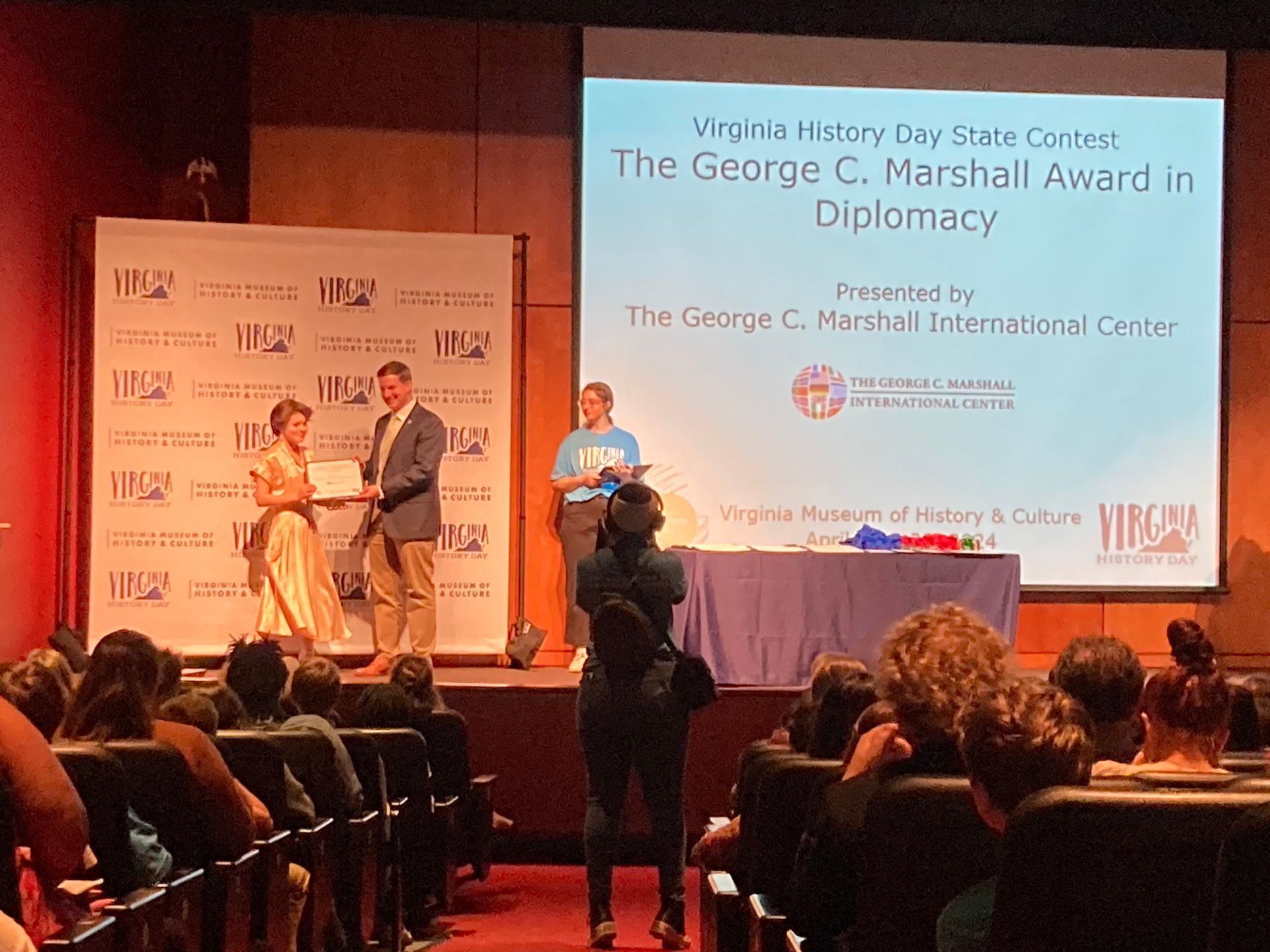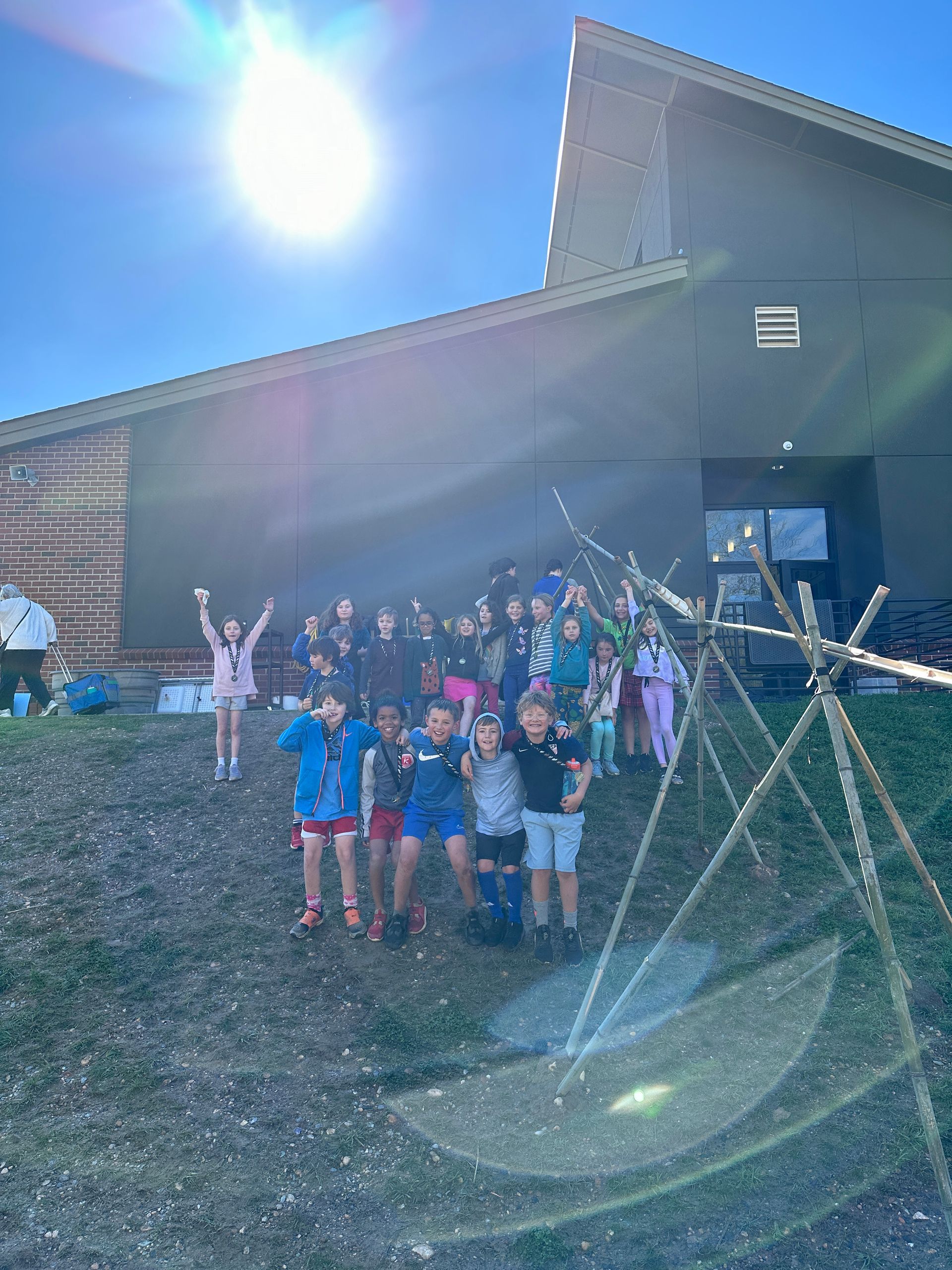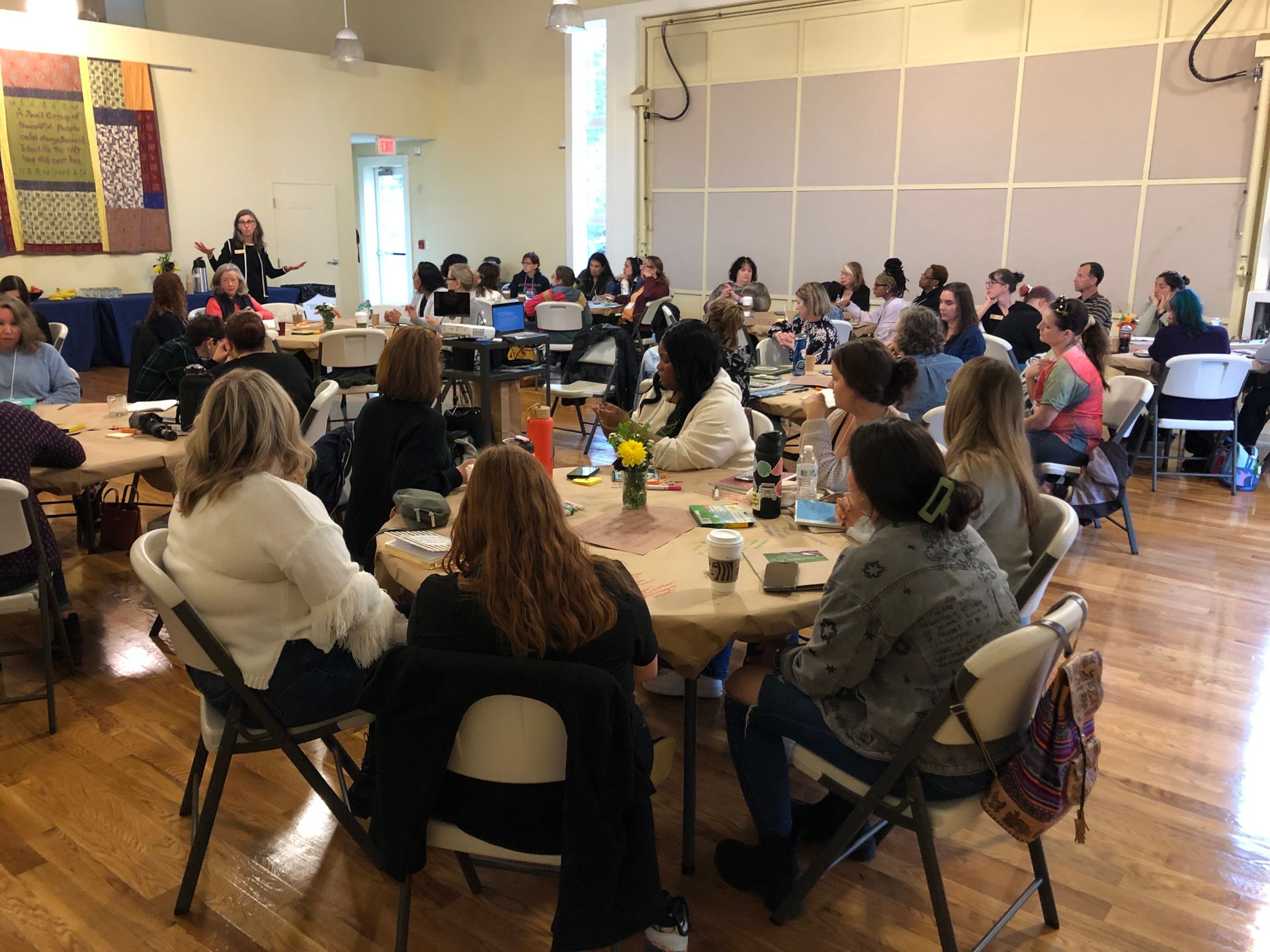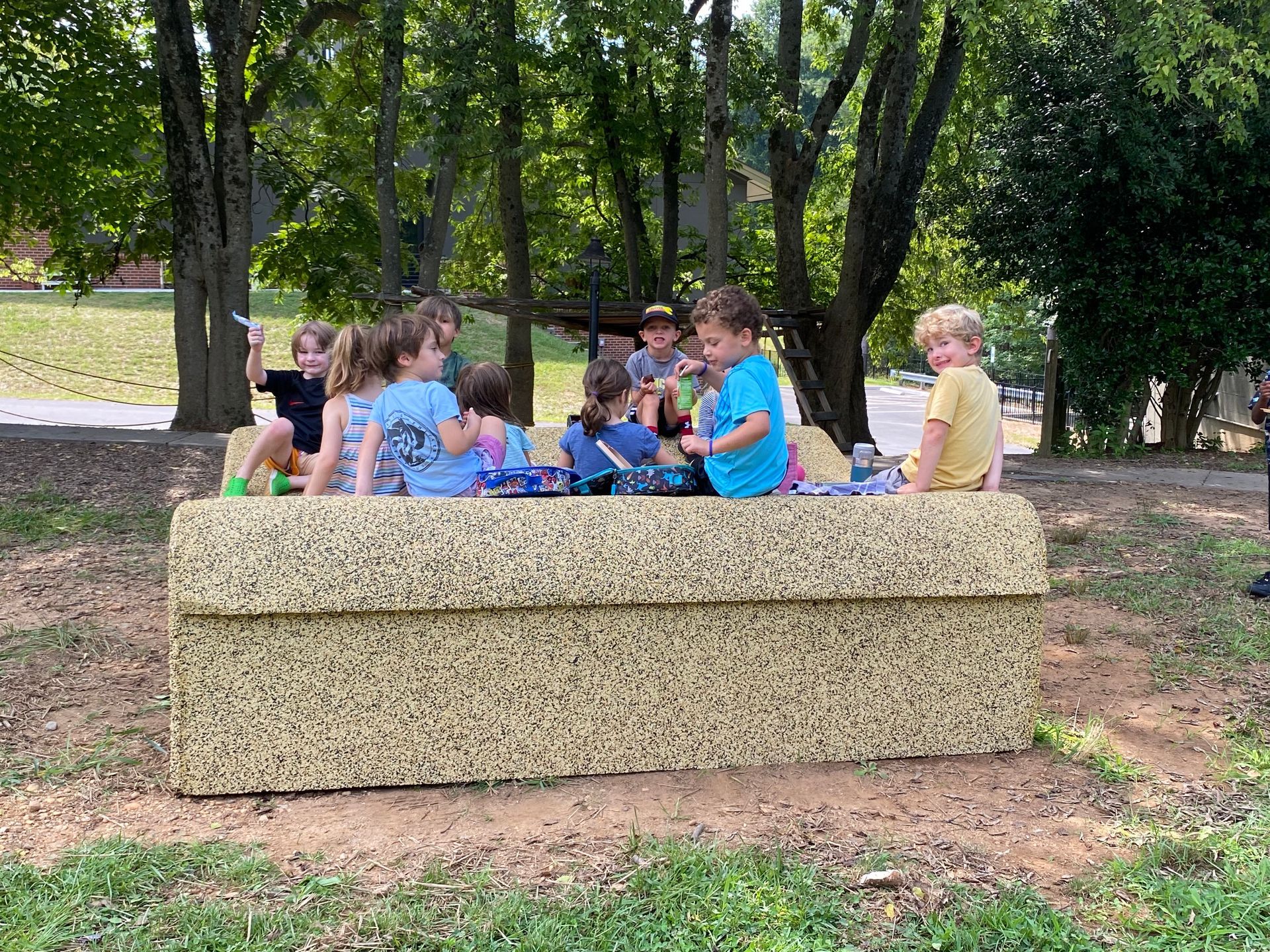Taking a Closer Look: Observational Drawing With Four Year Olds in the Rainbow Room
Early in October, we brought a pumpkin to our morning meeting. We passed it around, allowing the children to both see and feel it. We invited them to share what they noticed about it, and then we all drew this object together.
This was our introduction to observational drawing for the year. Daily the children enter the classroom, wash hands, sign in, and then begin to draw. If we forget, someone will remind us: “Isn’t it time to draw?”

In the past, we have changed the object to be drawn daily; however, we decided this year to slow down the process. So we drew the pumpkin every day for two weeks.


At first it sat in the same position as we offered children ways to take their time, to notice the various lines and shapes, and to truly draw what they saw rather than just what their mental concept is of what a pumpkin looks like. This was hard!
We reminded children to draw a bit, then stop and look at the pumpkin, then draw a bit more. This process was challenging for some of them. But the exciting thing was that we saw real growth in their ability to notice and then draw finer details of this increasingly familiar object.
Still, many children continued to draw their idea of a pumpkin rather than the actual one on the table. How could we change their perception? After several days, we turned the pumpkin upside down and asked them to draw it again. This was a new challenge, and many of the children seemed stumped at first. Where is the stem when the pumpkin is upside down? What is that little circle on the bottom and how can it be represented on paper?

Finally, since our Umbrella Project this year focuses on reflection, we put the pumpkin on a mirror and asked the children to draw again. How do you draw a pumpkin and its mirror image? Where are the stems? Do the pumpkins (the real one and the image) look the same? How are they different? And how can this be made clear on the flat surface of a paper? We continued to increase the challenge by once again turning the pumpkin upside down, this time on the mirror. Each new perspective helped the children see the pumpkin–this individual pumpkin with all of its bumps and lines–with fresh eyes.
This way of offering children a chance to draw has been so rewarding we continued the process by setting out a watering can. Again, we brought it to morning meeting first. Again we passed it around and then drew it as a group.
This object is tougher: it has a variety of lines and arcs. There are holes in the spout and the can itself. It looks different depending on the angle of the child’s view. It’s more work to tease the various shapes apart and try to get them down on paper. But the children are resilient and eager to try. Right now many of them focus mainly on the holes in the can and the spout, and on the lettering on the side of the can.

We see observational drawing as a valuable part of our day. The children are gaining skill, self confidence, fine motor control, and a beginning understanding of how to represent a three-dimensional object on paper. We imagine the watering can will be on our drawing table for quite some time.
That’s perfectly fine! We are not in a hurry. We sit near the children with our camera, daily delighted by what their drawings reveal about their thinking.


And when a child draws something that really satisfies them, it is a moment to relish. As Luke said recently when he had finished his drawing, “That’s a great one!”
And so it is.

The post Taking a Closer Look: Observational Drawing With Four Year Olds in the Rainbow Room appeared first on Sabot at Stony Point.
SHARE THIS POST
